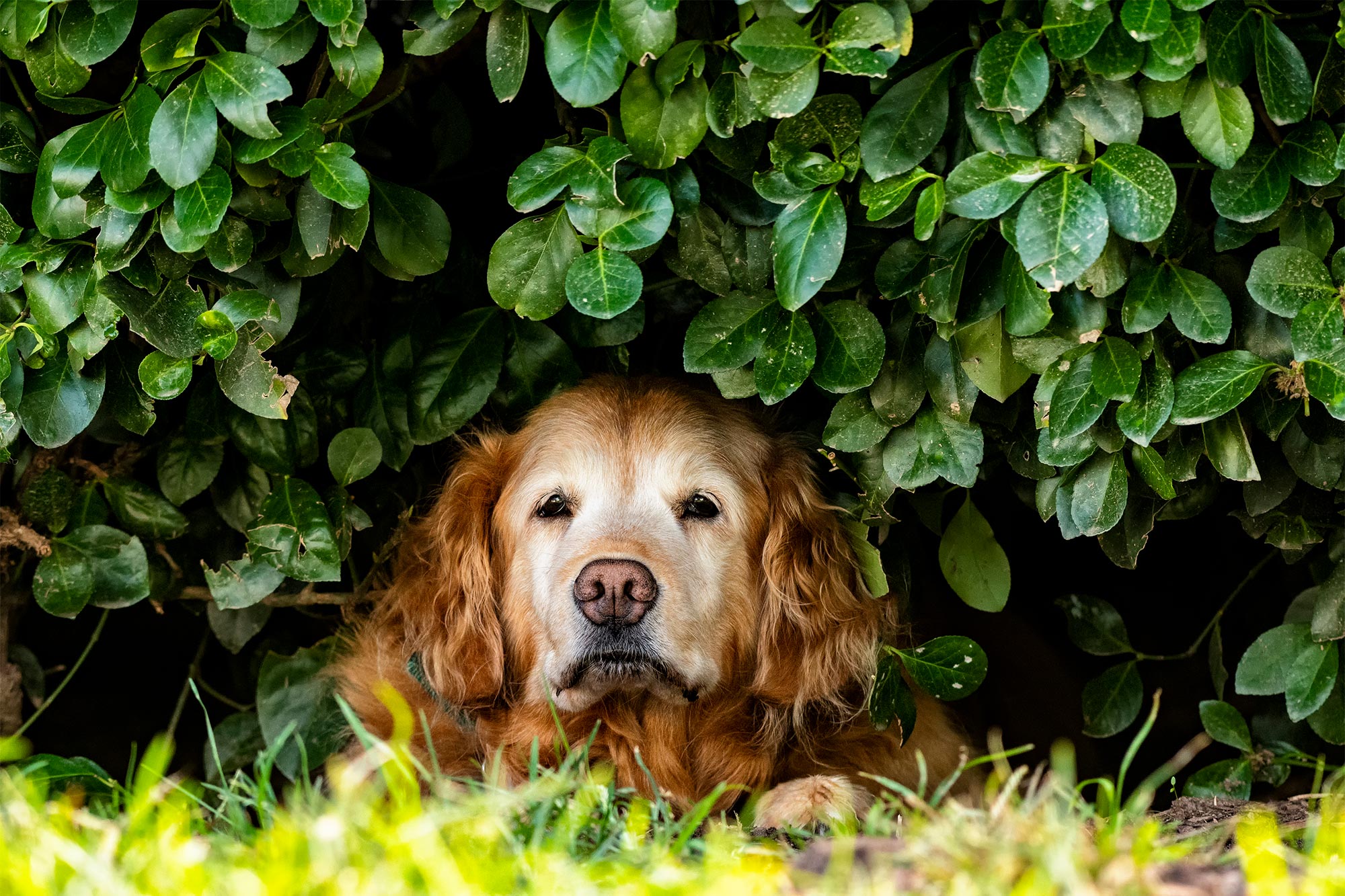Keeping Pets Cool: Summer Heat Safety Tips for Your Furry Friends

As temperatures rise during the summer months, it's more important than ever to keep pet heat safety at the forefront of your mind.
Just like humans, pets can suffer from heat-related illnesses. The good news is that with a bit of preparation and planning, you can keep your pet safe and comfortable all summer long.
The team at Adobe Animal Hospital & Laser Surgery Center has summer pet tips to keep Fido and Kitty healthy, heat and all.
How to Keep Pets Cool and Safe
Understanding how to keep pets cool is essential for all pet owners—especially those of us who live in areas prone to high summer temperatures. Here are a few practical summer dog and cat care tips to help:
- Provide shade and water: Always make sure your pet has access to fresh, cool water and a shady spot to rest—especially during outdoor activities.
- Limit exercise to cooler times of day: Walk your dog early in the morning or later in the evening when temperatures are cooler. Avoid hot pavement, which can burn your pet’s paws.
- Never leave pets in cars: Even with the windows cracked, temperatures inside a parked car can become deadly in minutes. If you have to go inside a building and your pet can't come, leave your furry friend at home.
- Use cooling products: Consider pet-safe cooling mats, vests, or even DIY frozen treats to help regulate your pawsome pal's body temperature.
These simple tips go a long way toward keeping pets safe during the summer. But sometimes, despite your best efforts, heatstroke still happens.
When you know the signs of heatstroke and act quickly, your pet has a better chance of recovery.
Signs of Heat Exhaustion in Pets
Dogs and cats don't sweat the way humans do. Instead, they regulate their body temperature through panting (dogs) or finding cool areas to hide (cats).
But these methods aren't always effective in extreme heat, which can lead to heatstroke, a dangerous and potentially life-threatening condition.
The signs of overheating in dogs include:
- Rapid or excessive panting
- Drooling
- Bright red gums or tongue
- Vomiting or diarrhea
- Lethargy or weakness
- Uncoordinated movements
- Collapse or unconsciousness
The signs of heatstroke are a little different for cats. They include:
- Panting (less common in cats, but more serious when it happens)
- Drooling
- Rapid breathing
- Lethargy or hiding
- Vomiting
- Red or pale gums
- Elevated body temperature (over 103°F)
If you notice signs of heatstroke in your pet, move them to a cool area, offer cool (but not ice-cold) water, apply damp towels to their belly and paws, and contact your vet immediately.
Our caring team at Adobe Animal Hospital & Laser Surgery Center is here for all your summer pet care needs. Whether you’re concerned about heatstroke or your pet’s general health, reach out to schedule an appointment at (530) 673-4744.
